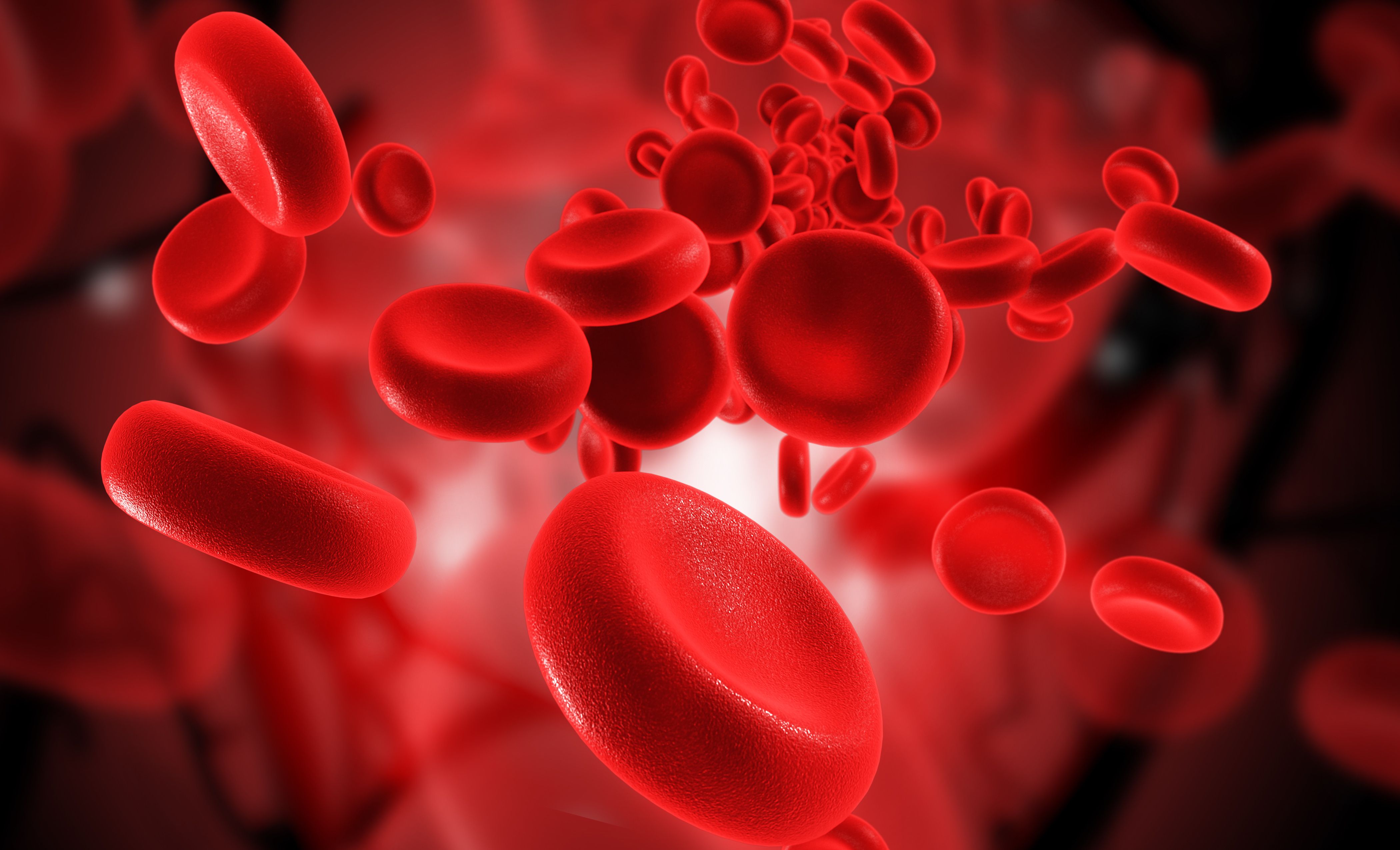- Center on Health Equity & Access
- Clinical
- Health Care Cost
- Health Care Delivery
- Insurance
- Policy
- Technology
- Value-Based Care
Heavy Menstrual Bleeding, Dysmenorrhea High in Adolescents With Sickle Cell Disease
Young women with sickle cell disease have a higher prevalence of heavy menstrual bleeding and dysmenorrhea.
The prevalence of heavy menstrual bleeding (HMB) and dysmenorrhea is high in both adolescents and young women who were diagnosed sickle cell disease (SCD), according to a study published in Pediatric Blood & Cancer. Incorporating menstrual health assessments could help to address this area of health.
HMB has an estimated prevalence of 30% to 40% in adolescent females and is defined as excessive bleeding that negatively affects the quality of life of the individual. SCD is an inherited rare blood disease that can result in acute and chronic complications in multiple organs; it affects approximately 100,000 individuals in the United States.
"Adolescents and young adults with SCD face additional challenges associated with menstruation, including limited counseling on reproductive health and lower rates of utilization of hormonal therapies," the authors explained.
The aim of this study was to evaluate menstrual health status and quality of life (QOL) of adolescents and young women in order to estimate how HMB and other bleeding symptoms affect this group.
Blood cells | Image credit: abhijith3747 - stock.adobe.com

Patients who had any genotype of SCD between June 6, 2022, and August 5, 2022, and were aged 12 to 21 years were considered for this study. Adolescents who were in their first year of their menstrual cycle were not included. Patients were enrolled from the Aflac Cancer and Blood Disorders Center of Children’s Healthcare of Atlanta in Atlanta, Georgia. The Research Electronic Data Capture web application as used to capture participant responses to a 5-part electronic survey that included demographic information, menstrual health knowledge assessment, 2 measurements for outcomes in HMB, and a menstrual bleeding medication rating profile.
Participants were asked about the average age of menstruation onset, normal duration between cycles, normal duration of a cycle, and typical number of sanitary products used on the heaviest day. Therapies that were used for menstrual regulation were also identified through the survey.
There were 48 participants who completed the questionnaire who had a mean age of 16 years (range, 12-21). A total of 73% were younger than 18 years. All 4 main SCD genotypes were represented and 52% received hydroxyurea. The mean (SD) age of the participants at onset of menarche was 13 (1.3) years.
Menstrual health knowledge came primarily from a parent or guardian in 88% of cases. The remaining participants indicated medical providers, social media/internet, and school teachers as sources of information. The participants were also asked to indicate the 4 main stages of menstruation, which was correctly identified in a range from 54% to 92%; 29% of participants identified all 4 and 42% were able to name the different categories of menstrual regulation therapies.
The mean (SD) score of the questionnaire was 15.8 (9.4), with adolescents with HMB having a mean score of 29.8 (8.5) and those without having a score of 19.6 (7.6). Moderate menstrual flow was reported in half of the participants and 30% reported heavy or very heavy flow. Pain related to mensuration was reported as moderate or severe in 61% of the cohort.
A total of 19% of the cohort used hormonal therapy for the regulation of their menstrual cycle despite 42% of participants reporting HMB. There were 9 participants who used hormonal therapy with 55% using medroxyprogesterone acetate intramuscular injection or progestin-only pills and 33% who used therapy that included estrogen.
The efficacy of these treatments was inconsistent, however. Patients who were using hydroxyurea were more likely to have tried other hormonal therapy compared with patients who were not using hydroxyurea, although this relationship was not significant. Although most patients did not use pain killers for menstrual pain, other patients reported use of ibuprofen (19%), medication containing acetaminophen (8%), hydrocodone (4%), and a muscle relaxant (2%).
There were some limitations to the study. The study was performed at one institution with limited enrollment period, which makes generalizability limited. The questionnaire is based on a single month of menses-related outcomes, which could underestimate the prevalence of HMB.
The researchers concluded that young women with SCD experience a higher rate of HMB but only 20% of them receive hormonal therapy for it. Patient and provider education on these issues is needed for adolescents and young women with SCD to receive proper treatment.
"Addressing menstrual health status is an essential component of optimizing the long-term health of adolescents and young women with an underlying chronic disorder," the authors concluded.
Reference
Notice B, Soffer E, Tickle K, et al. Assessment of menstrual health in adolescent and young adults with sickle cell disease. Pediatr Blood Cancer. Published online October 16, 2023. doi:10.1002/pbc.30727
